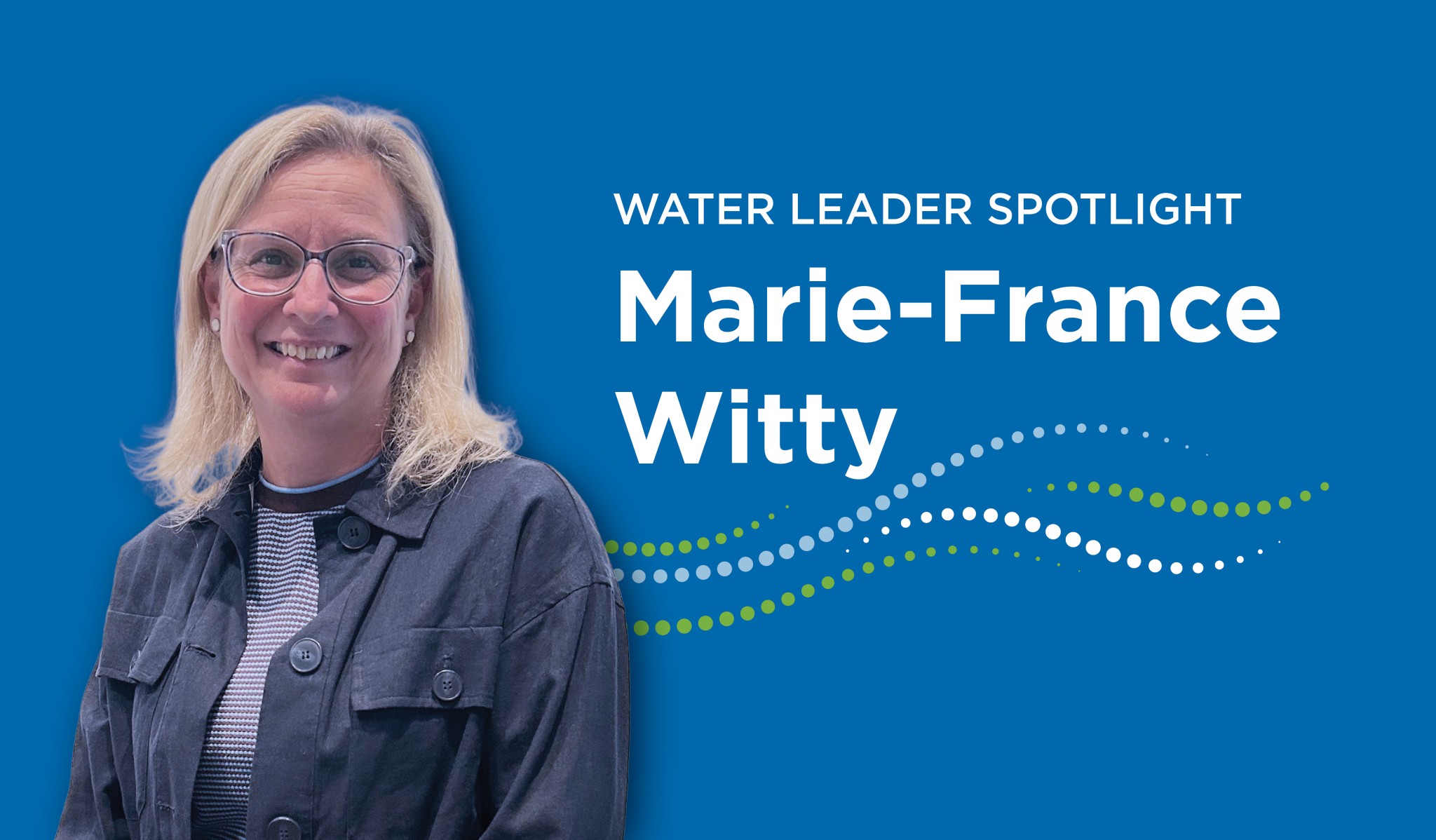Rates and affordability in the context of pandemic-related impacts and trends
Canadian Water Network (2022 – 2023)

Challenge
The affordability of drinking water, wastewater, and stormwater services for communities and what happens when customers cannot pay are critical considerations for utilities. The COVID-19 pandemic highlighted the importance of ensuring affordability not only for residential customers, but also for industrial, commercial and institutional (ICI) customers. Canadian Water Network (CWN) embarked on a deeper exploration of affordability, including the opportunities and challenges associated with the implementation of affordability programs.
Previous meetings and roundtables with utility leaders often framed discussions on the various dimensions of affordability. Discussions highlighted that achieving affordability and equity goals is increasingly challenging due to growing system costs, declining per capita demand, the need to build resilience to climate change, changing regulatory requirements, and the need to meet customer expectations.
The COVID-19 pandemic added urgency to addressing affordability and equity goals despite the persistence of these challenges. Formal affordability programs are still not common in Canada, not because they are not recognized as important, but because there is no clear path forward for municipalities/utilities. Even when affordability programs are implemented, they typically encounter several challenges; the extent to which they are used by customers and their effectiveness in addressing community affordability are often challenged by the lack of accurate, community-specific data.
Project
The overall objectives for the initiative were as follows:
- Explore possible municipal/utility rate structures, including a deeper dive into how revenue dollars get spent and what initiatives they fund.
- Clarify municipal/utility revenue sources and options.
- Explore strategies for designing and implementing affordability programs, including the feedback loop between the rate design/structures and affordability programs.
CWN has explored the topics of financial sustainability and affordability through various initiatives in the past. Building on past initiatives and discussions, this initiative aimed to deliver:
- A report that explores utility water, stormwater, and wastewater rates in the context of current (pandemic-driven) economic trends.
- A Municipal Consortium Strategic Sharing Group on affordability.
Outputs
In April 2022, Canadian Water Network launched a Strategic Sharing Group for members of the Municipal Water Consortium to share experiences related to addressing affordability challenges at the community level and explore strategies for advancing water affordability in their communities. The group’s objectives were to:
Discuss affordability in the water, stormwater, and wastewater utility context, including strategies for the design and implementation of affordability programs.
- Explore how the rate-building process can be informed by a deeper understanding of local affordability challenges.
- Develop a more solid understanding of the key factors and elements which are needed to better understand and address affordability at the local level.
Outcomes
Members of the Affordability Strategic Sharing Group participated in three meetings between 2022 and 2023. Four overarching themes emerged from the meetings:
- Understanding affordability and equity at the local level.
- Centering equity in an organization.
- Utility rates and billing practices.
- Affordability programs and initiatives.
The following key insights were generated through the four themes.
- Understanding affordability and equity at the local level
- Municipalities frequently define affordability by adopting pre-existing measurements, such as percentage of median household income.
- Key datasets, including household income and average local costs of other essential services, need to be made accessible to utilities so they can take a deeper dive into understanding water usage in relation to rates.
- Other industries, including the energy sector, have had success with using mapping tools to understand spatial, household and housing inequities related to energy poverty. Similar approaches have the potential to advance water affordability initiatives.
Centering equity in an organization
- Municipalities are transitioning to a customer-experience lens to challenge the norm by which the services are offered.
- Corporate equity toolkits can be used as part of the planning process of policies, programs and capital projects. Equity toolkits help initiate internal conversations on how utilities can address disparities while identifying the root causes of inequities.
- All relevant stakeholders need to be identified during project planning processes, along with an understanding of roles and relationships, power imbalances, cultural considerations and language capacities.
Utility rates and billing practices
- Efforts to increase affordability through rate modification include increasing the portion of revenue from volumetric versus base rates, modifying rates based on different types of water uses, and applying lifeline rates and increasing block rate systems.
Affordability programs and initiatives
- A common barrier to participation in affordability programs is awareness and effort to register. Partnerships with external organizations, such as low-income housing authorities and food assistance programs, can increase program participation by automatically enrolling participants from those programs into water affordability programs.
- Low-income renters face unique barriers to accessing affordability programs. Utilities can partner with the electricity department to apply water bill credits on the electric bills to support renters who don’t pay a water bill.
- Utilities are exploring operational actions and strategies to keep the cost of delivering water services low to ensure expenses related to operations and maintenance are not unfairly passed to the customer.
The Affordability Strategic Sharing Group will continue to meet annually. A summary of key insights was provided to members of the Municipal Water Consortium at the conclusion of the group. For more information, contact Katina Tam at [email protected].












